2023 © Reston Communications. All rights reserved.
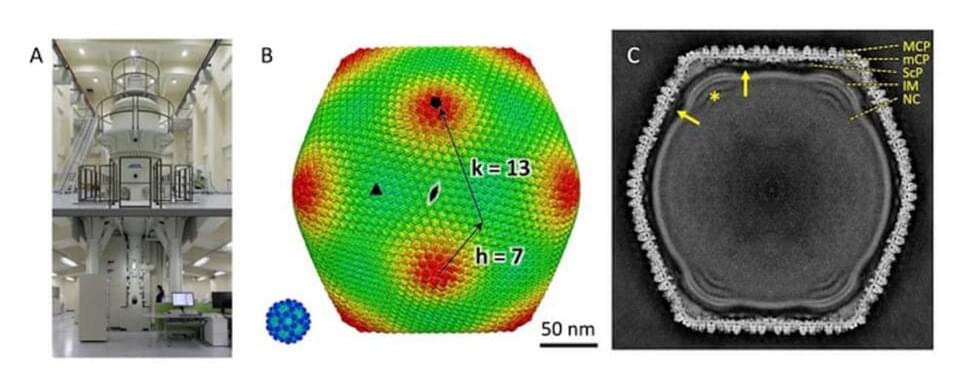

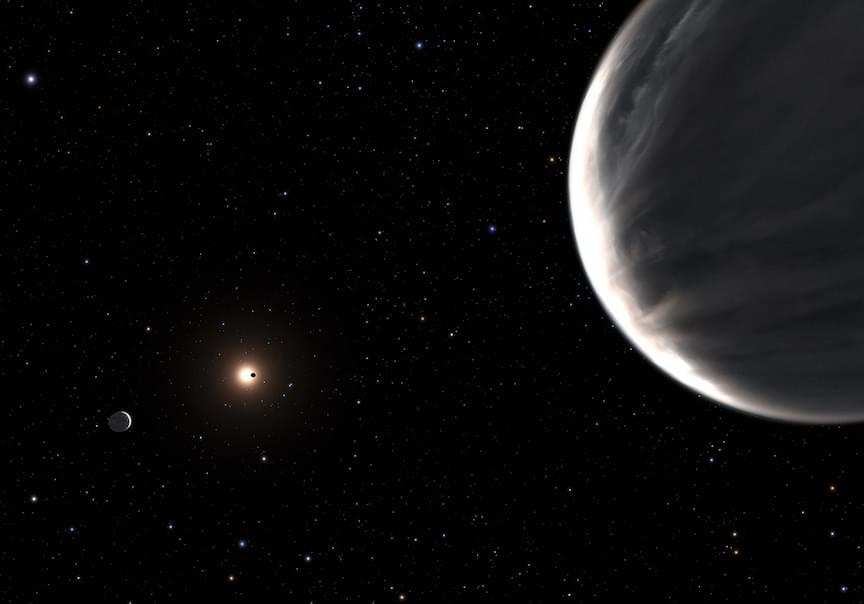
In a forward-looking article, George Church, PhD, from Harvard University and the Wyss Institute, proposes the use of picogram to nanogram-scale probes that can land, replicate, and produce a communications module at the destination to explore nearby stars.
The fascinating new article is published in a special issue on “Interstellar Objects in Astrobiology” of the peer-reviewed journal Astrobiology.
“One design is a highly reflective light sail, traveling a long straight line toward the gravitational well of a destination star, and the photo-deflected to the closest non-luminous mass – ideally a planet or moon with exposed liquid water,” states Dr. Church.
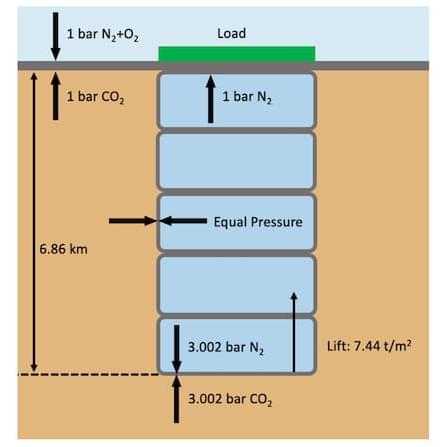
Physicists proposed that advanced extraterrestrial civilizations are using black holes in their quantum computers since they are abundant in quantum information. Read the article to learn more.
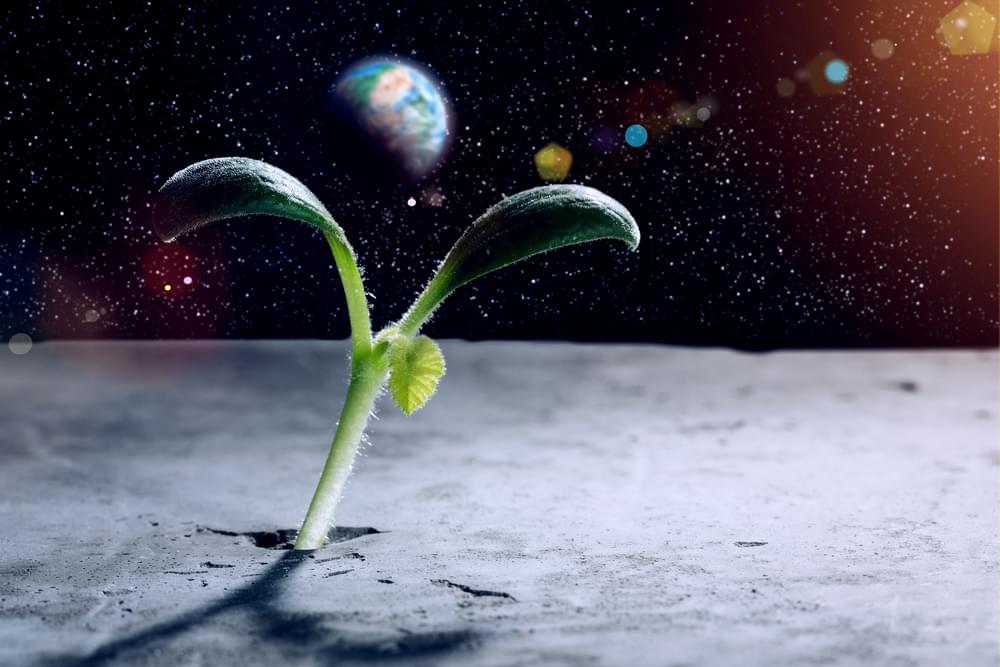
NASA has turned to AI to help them develop, and build, more robust, lightweight components for its spacecraft of the future.
NASA’s Goddard Space Flight Center in Maryland has been using commercially available AI software to design specialized, bespoke parts, called “evolved structures,” for its missions. They also look a little “out of this world.”
“They look somewhat alien and weird,” Research Engineer Ryan McClelland said, “but once you see them in function, it makes sense.”
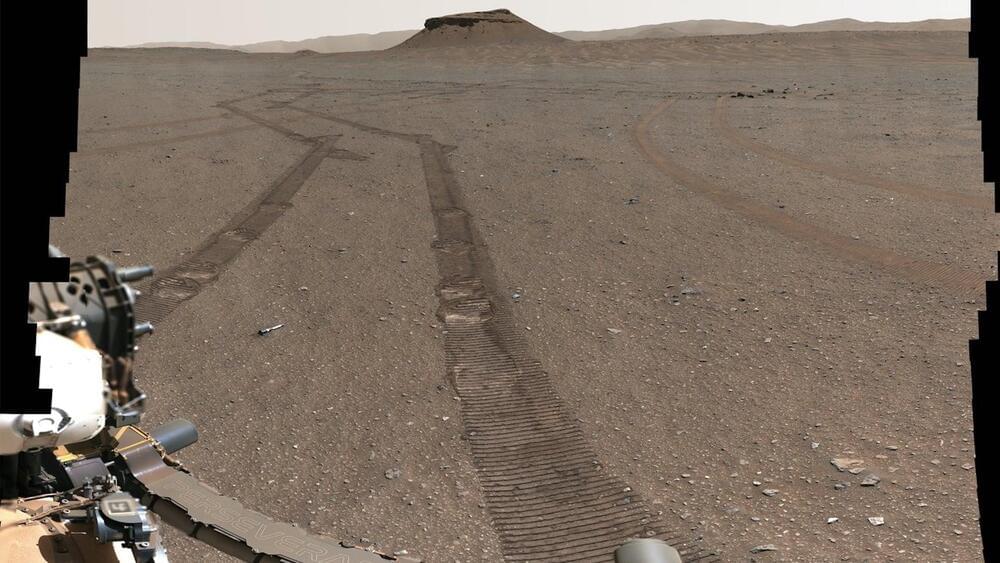
The Perseverance rover has spent close to two years on Mars.
NASA’s Perseverance rover has spent just under two years collecting samples and beaming images of the red planet back to Earth. During that time, Perseverance placed several Mars rock sample tubes on the Martian surface as backup samples in case anything happened to the rover’s main sample cache.
The highly-ambitious Mars Sample Return mission aims to develop the technology to collect and transport the samples back to Earth by the early 2030s.
Now, the rover has beamed back images of its path in recent months, including the positions of its 10 backup samples.
NASA/JPL-Caltech/ASU/MSSS
During that time, Perseverance placed several Mars rock sample tubes on the Martian surface as backup samples in case anything happened to the rover’s main sample cache.
Watch the newest video from Big Think: https://bigth.ink/NewVideo.
Join Big Think Edge for exclusive videos: https://bigth.ink/Edge.
Stephen Hawking was one of the greatest scientific and analytical minds of our time, says NASA’s Michelle Thaller. She posits that Hawking might be one of the parents of an entirely new school of physics because he was working on some incredible stuff—concerning quantum entaglement— right before he died. He was even humble enough to go back to his old work about black holes and rethink his hypotheses based on new information. Not many great minds would do that, she says, relaying just one of the reasons Stephen Hawking will be so deeply missed. You can follow Michelle Thaller on Twitter at @mlthaller.
MICHELLE THALLER: Dr. Michelle Thaller is an astronomer who studies binary stars and the life cycles of stars. She is Assistant Director of Science Communication at NASA. She went to college at Harvard University, completed a post-doctoral research fellowship at the California Institute of Technology (Caltech) in Pasadena, Calif. then started working for the Jet Propulsion Laboratory’s (JPL) Spitzer Space Telescope. After a hugely successful mission, she moved on to NASA’s Goddard Space Flight Center (GSFC), in the Washington D.C. area. In her off-hours often puts on about 30lbs of Elizabethan garb and performs intricate Renaissance dances. For more information, visit NASA.
TRANSCRIPT: Michelle Thaller: Yes Jeremy, a lot of us were really sad with the passing of Stephen Hawking. He was definitely an inspiration. He was one of the most brilliant theoretical physicists in the world, and of course, he overcame this incredible disability, his life was very difficult and very dramatic and I for one am really going to miss having him around. And I certainly miss him as a scientist too. He made some incredible contributions. Now, Stephen Hawking was something that we call a theoretical physicist, and what that means is that people use the mathematics of physics to explore areas of the universe that we can’t get to very easily. For example, conditions right after the Big Bang, the beginning of the universe, what were things like when the universe was a fraction of a second old? That’s not something we can create very easily in a laboratory or any place we can go to, but we can use our mathematics to predict what that would have been like and then test our assumptions based on how the universe changed over time. And one of the places that is also very difficult to go to is, could we explore a black hole? And this is what Stephen Hawking was best known for. Now, black holes are massive objects they’re made from collapsed dead stars, and the nearest black hole to us is about 3,000 light years away. That one is not particularly large, it’s only a couple times the mass of the sun. The biggest black hole that’s in our galaxy is about four million times the mass of the sun and that actually sits right in the heart of the Milky Way Galaxy. And right now you and I are actually orbiting that giant black hole at half a million miles an hour. These are incredibly exotic objects. The reason we call them black holes is that the gravity is so intense it can suck in everything, including light. Not even light, going through space freely at the speed of light, can escape a black hole, so talk about dramatic exotic objects that are difficult to do experiments on. Stephen Hawking laid down some of our basic understanding of how a black hole works. And one of the things he actually did was he even predicted that black holes can die. You would think that a collapsed star that forms a bottomless pit of gravity would exist forever, but Stephen Hawking used the laws of quantum mechanics and something called thermodynamics, how heat behaves in the universe, to prove that maybe black holes can evaporate over time. And of course, that’s a hugely significant thing. One of the reasons I think it’s very unfortunate he died is we’re actually right on the cusp of being able to do actual experiments with black holes. And I know that sounds like a strange thing to say, but there are some particle accelerators, I mean specifically the Large Hadron Collider, which is in Europe, that are about to get to high enough energies they’re going to smash particles together so hard that so much energy is generated they might be able to make tiny little black holes. Read full transcript on: https://bigthink.com/videos/michelle-thaller-ask-a-nasa-astr…-the-world
If life is common in our Universe, and we have every reason to suspect it is, why do we not see evidence of it everywhere? This is the essence of the Fermi Paradox, a question that has plagued astronomers and cosmologists almost since the birth of modern astronomy.
It is also the reasoning behind the Hart-Tipler Conjecture, one of the many (many!) proposed resolutions, which asserts that if advanced life had emerged in our galaxy sometime in the past, we would see signs of their activity everywhere we looked. Possible indications include self-replicating probes, megastructures, and other Type III-like activity.
On the other hand, several proposed resolutions challenge the notion that advanced life would operate on such massive scales. Others suggest that advanced extraterrestrial civilizations would be engaged in activities and locales that would make them less noticeable.